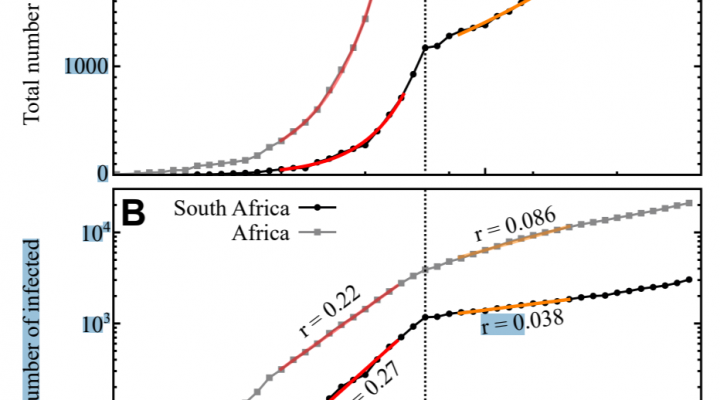Publications
Published
Simons, J., Wacker, B., Bossert, A., & Schlüter, J. C., Verkehrsökonomische Analyse von Minibustaxiverkehren in der Metropolregion Kapstadt und der Minenstadt Rustenburg in Südafrika, Zeitschrift für Verkehrswissenschaft, 91, 1-27.
www.z-f-v.de
Sörensen, L., Bossert, A., Jokinen, J. P., & Schlüter, J. (2020). How much flexibility does rural public transport need?–Implications from a fully flexible DRT system. Transport Policy, 100, 5-20. doi:10.1016/j.tranpol.2020.09.005
Schröder, M., Bossert, A., Kersting, M., Aeffner, S., Coetzee, J., Timme, M., & Schlüter, J. (2021). COVID-19 in South Africa: outbreak despite interventions. Scientific Reports, 11(1), 1-9.
doi:10.1038/s41598-021-84487-0
In Press
Schlüter, J., Bossert, A., Rössy, P., & Kersting, M. (2021). Impact assessment of autonomous demand responsive transport as a link between urban and rural areas. Research in Transportation Business & Management, 39, 100613.
doi:10.1016/j.rtbm.2020.100613
Submitted
Bossert, A., Kersting, M., Timme, M., Schröder, M., Feki, A., Coetzee, J., & Schlüter, J. (2021). Limited containment options of COVID-19 outbreak revealed by regional agent-based simulations for South Africa. F1000Research, 10(98), 98.
doi:10.12688/f1000research.28250.1
Bossert, A., von Hausegger, K., Schlüter, J. C. (06/2020), Behavioural analytics for smart cities: The influence of weather on cycle superhighway utilisation in cities with seasonal inhabitant effects. submitted@Cities
Hesse, H., Kühnel, S., Bossert, A., and Schlüter, J. C., Die Sicherheit des Minibustaxiverkehrs in Südafrika. submitted@Soziale welt
Kersting, M., Bossert, A., Sörensen, L., Wacker, B., & Schlüter, J. C. (2021). Predicting effectiveness of countermeasures during the COVID-19 outbreak in South Africa using agent-based simulation. Humanities and Social Sciences Communications, 8(1), 1-15.
doi:10.1057/s41599-021-00830-w
Schlüter, J. C., Sörensen, L., Bossert, A., Kersting, M., Staab, W., & Wacker, B. (2021). Anticipating the impact of COVID19 and comorbidities on the South African healthcare system by agent-based simulations. Scientific Reports, 11(1), 1-9.
doi.org/10.1038/s41598-021-86580-w
Books & Technical Reports
Technischer Bericht Dassel
Technical Report 1: Transportanalyse zur Implementierung eines intelligenten Demand Responsive Transport Systems im ländlichen Raum
Technical Report 2: Transportanalyse zur Implementierung eines intelligenten Demand Responsive Transport Systems im ländlichen Raum
Technical Report: Machbarkeitstudie zur Ansiedlung von Hochtechnologien in Schleswig-Holstein.
Technischer Bericht Seesen
Teaching
Projects Involved
Research fields involved
Transport
Strengthening public transport is an essential contribution to the mobility turnaround. Digitalization enables a better understanding between supply and demand.
Technology Economics
Economic development also depends heavily on the regions` capacity for innovation. Individual technologies or the interaction of various technology players creates an environment in which disruptive technologies trigger structural disruptions.
Applied Artificial Intelligence
Due to the large amount of data from the areas of transportation and energy, we use artificial intelligence to analyze it. New use cases for artificial intelligence are emerging in the process.
Public Health
The combination of methods from the transport sector and the inclusion of digital technologies enable new applications in the field of public health. In this context, it is possible to take a look at the micro level and to model regions in a targeted manner.










